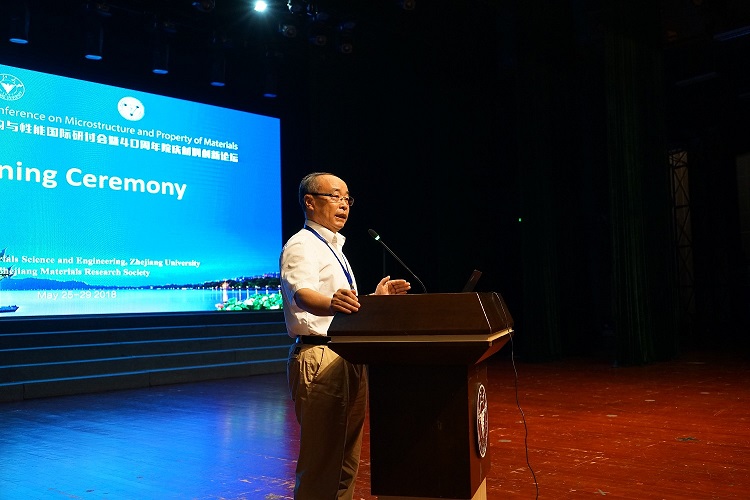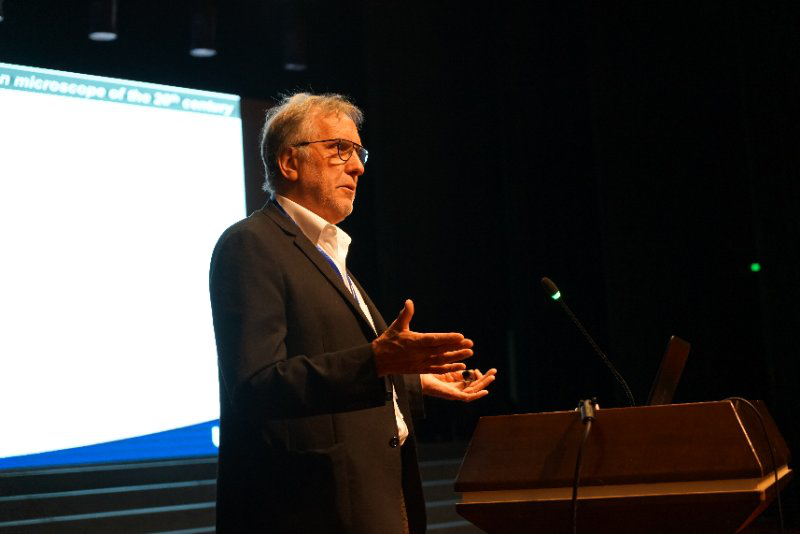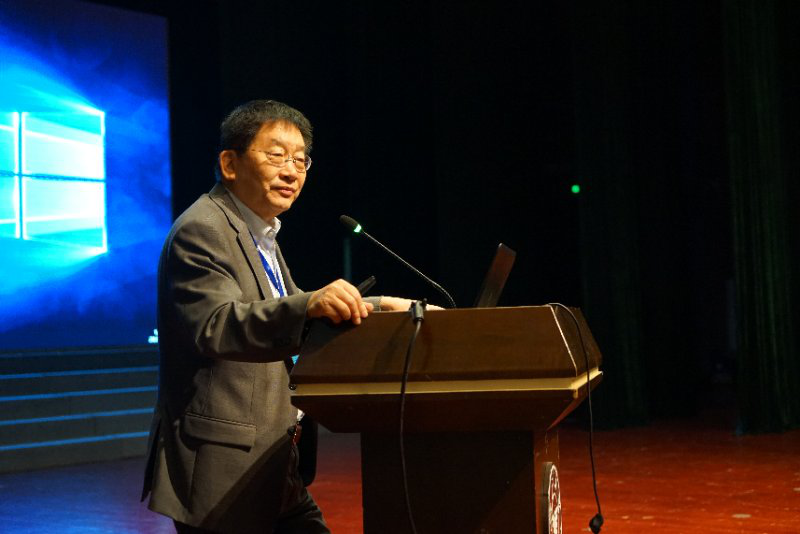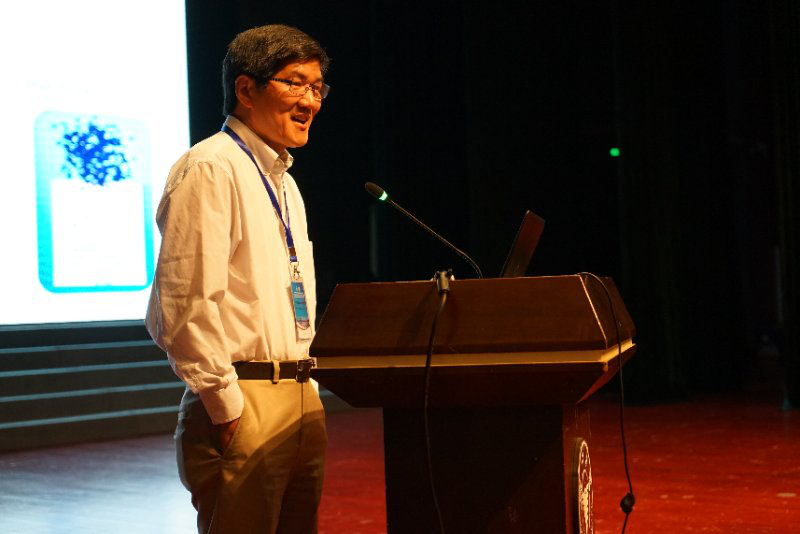Co-organized by ZJU's School of Materials Science and Engineering and Zhejiang Materials Research Society, the 3rd International Conference on Microstructure and Property of Materials (ICMPM) was held in Hangzhou May 25th - 29th. ICMPM was initiated by the School of MSE in 2015 to provide a platform for scholars to present advanced research discoveries and for researchers, educators, students, and entrepreneurs to exchange ideas in the field of materials science. This year, more than 600 specialists, students, and entrepreneurs from 120 celebrated universities, institutes, and companies registered for the conference. Its sponsors include the Natural Science Foundation of Zhejiang Province, Materials Today Nano, Zhejiang New Materials Industry Society, Mikrouna, Thermo Fisher Scientific, Verder Scientific, Horiba Scientific, Orient KOJI, Edinburgh Instruments, and DENS Solutions. On the 40th Anniversary of MSE, this conference attracted nearly 1000 alumni to return and join in this wonderful event.
On the morning of May 27th, the opening ceremony kicked off. Prof. Ze Zhang, academic of the Chinese Academy of Sciences and Director of the Academic Committee of Zhejiang University, delivered an address at the opening ceremony. Highlighting the importance of science and technology, Prof. Ze Zhang reiterated that education and industries related to materials science will be a major driving force for scientific and technological revolution in the new era. Then Prof. Fritish Ritchie, Fellow of the National Academy of Engineering and the Royal Academy of Engineering, lauded for his research in materials science, fracture mechanics, and fatigue crack propagation, introduced the microstructure mechanism of structural materials against fracture and fatigue, focusing on the relationship between the toughness of human bones, skin, teeth, and their microstructures.

Then Prof. Fritish Ritchie, Fellow of the National Academy of Engineering and the Royal Academy of Engineering, lauded for his research in materials science, fracture mechanics, and fatigue crack propagation, introduced the microstructure mechanism of structural materials against fracture and fatigue, focusing on the relationship between the toughness of human bones, skin, teeth, and their microstructures.

Prof. Gustaaf Van Tendeloo, Member of the Royal Academy of Fine Arts of Belgium, shared with the audience his views on the uniqueness of electron microscopy from the perspective of imaging principles of electron microscopy and ordinary optical microscopy. He also elaborated on how electron microscopy boosted nanoscience and technology development by introducing recent discoveries in nano-scale electron tomography and "3D imaging of nano materials down to an atomic scale".

Prof. Li Shutang, Academic of the Chinese Academy of Sciences and Dean of the Institute of Functional Nano and Soft Materials of Suzhou University, introduced the latest progress his research team has made in the field of nanomaterials, and elaborated on the opportunities and challenges facing OLED technology. He points out that OLED technology was embedded with the potentiality of sustainability and expansion for further upgrading and has considerable prospects in advancing industrial futures, but the problems in equipment manufacturing and material production must be addressed.

Prof. Long-Qing Chen of the Department of Materials Science & Engineering and Materials Research Institute of Penn State University showcased his phase-field method to help interpret experimental observations as well as achieve desirable mesoscale microstructures and properties in functional and IT materials.

Following the plenary ceremony, the conference was divided into 15 sub-forums and emphasizing 15 different topics, like material microstructures and in-situ characterizations, silicon and semiconductor materials, zinc oxide and compound semiconductor materials, magnetic materials, dielectric materials, photonic functional materials, oxide functional materials, photoelectric functional materials, inorganic nanomaterials, hydrogen and electrochemical energy storage materials, battery materials, bio-surface and interface materials, environmental materials, functional micro-nano composites, advanced structures and multifunctional composite materials.



